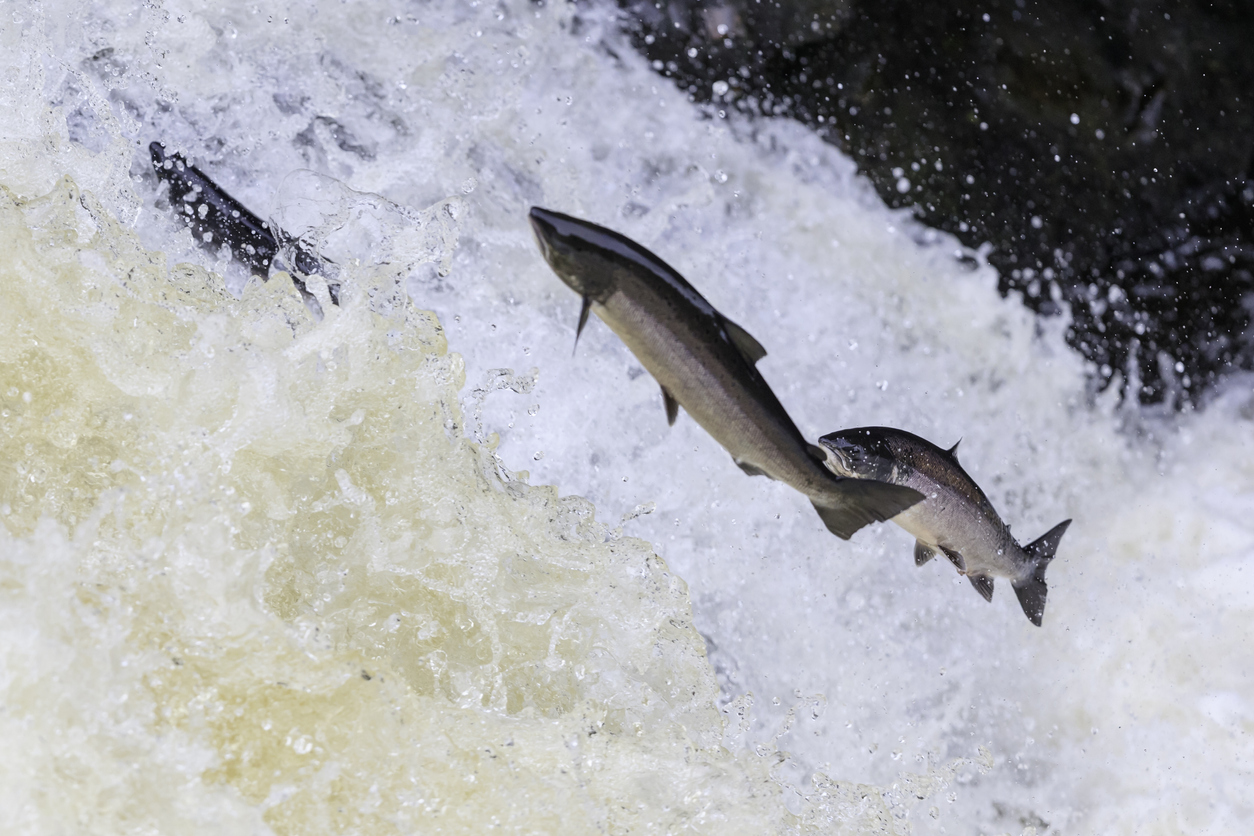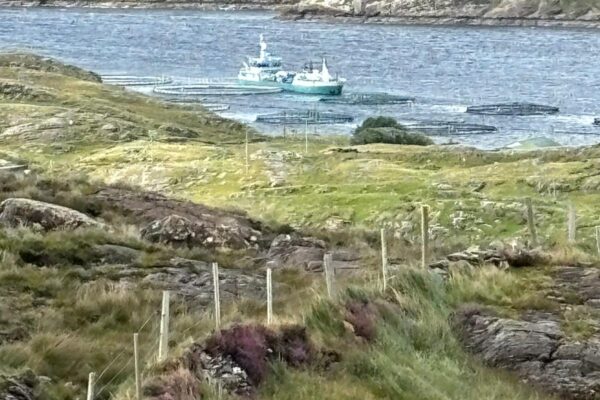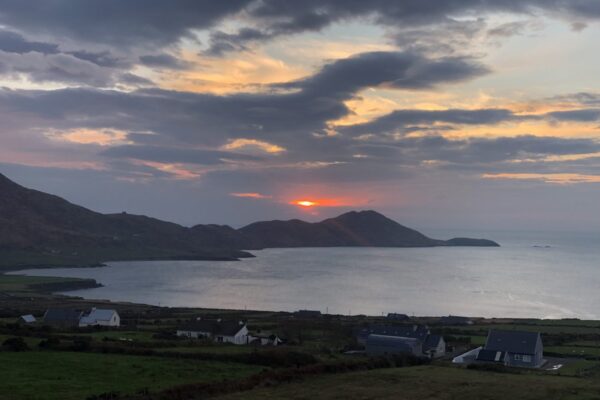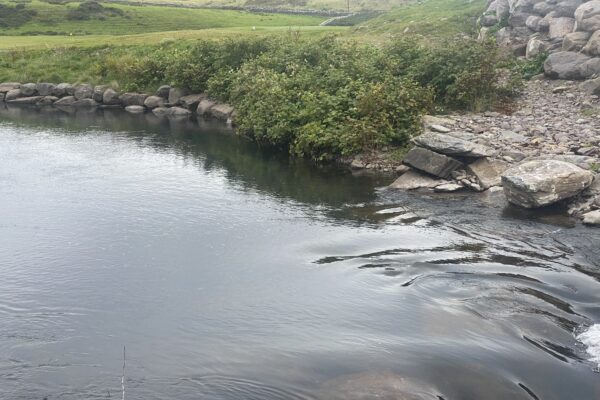Salmon Watch Ireland is delighted to see much improved grilse and salmon runs to Irish rivers since late May. This has led to many comments as to the nature of why improved runs are entering Irish rivers. It is probably unwise to speculate as to the reasons at this early stage and a clearer picture may arise when the year ends. However when examining this welcome upsurge we may have to look at many aspects of the salmons journey from its feeding ground to their natal rivers and indeed the journey from Ireland as smolts in the previous year.
The migration of smolts to sea in 2019 is an obvious place to start and we must examine the freshwater conditions at this juncture to see if increased survival happened at this juncture. Also of interest must be the oceanic conditions which greeted salmon smolts on their migration and at the post smolt nursery areas in the Norwegian sea. After their first sea winter salmon have a decision to make related to maturity as to whether they return as grilse or stay a longer period at sea and return as MSW salmon.
Have conditions improved at sea and are large scale climatic indices favourable to historical increased salmon survival norms? The simple answer is that climatic indices seem to be heading towards more favourable conditions which may result in a more favourable temperature regime in the North Atlantic regions where salmon feed. If we are to experience the conditions which normally resulted in abundance then we can assume that bye-catch and predation may only be minor impediments to salmon abundance. However within this situation we may have the impacts of climate change which may affect large scale climate indices in a way which may not follow perceived norms in historical data. Only time will tell.
The other reasons that we have encountered relate to bye-catch or directed illegal fishery which may have been reduced substantially by the Covid 19 related reduction in fishery effort and market availability around the North Atlantic. It would seem that this theory has some merits but data regarding the fishery effort must be examined to see if there is merit. A very simple analysis of fishery effort in the Norwegian sea, Icelandic waters and the Faroes during the period from mid March may enlighten the debate. However the capture of such large quantities of adult salmon in previous years may have been difficult to hide.
Hopefully this increased trend in salmon stocks continues and that the cause is natural rather than man made. However a number of years in the past have given us false hope notably 2007 but there has been a substantial downward trend from 2008. Increased effort by the illegal fishery both at sea and inland has put enormous pressure on limited protection resources and now more than ever directed information is required from stakeholders by IFI to effectively protect the resource.




